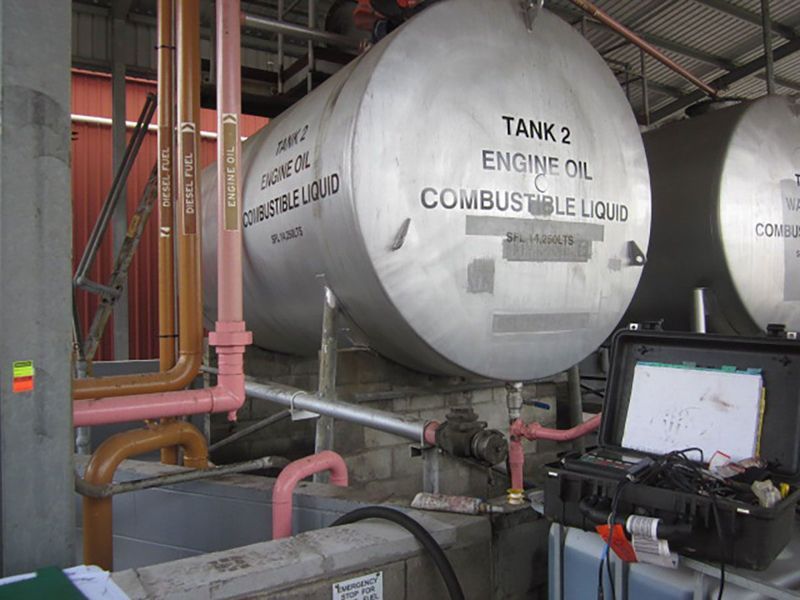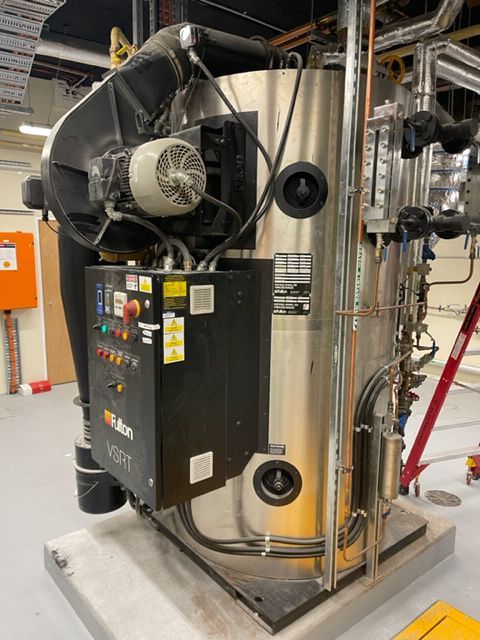How does hydrostatic testing work?
Hydrostatic testing is a critical method used across industries to verify the safety and integrity of pressure vessels, pipelines, and storage systems. By filling equipment with water or another incompressible liquid and applying pressure above the normal operating level, operators can confirm the system’s strength, detect leaks, and ensure compliance with safety standards.
Why is hydrostatic testing important
Hydrostatic testing plays a vital role in asset management by:
- Ensuring equipment can safely operate at design pressures
- Identifying leaks, weaknesses, or material flaws before failure occurs
- Meeting statutory and regulatory compliance requirements
- Providing audit-ready documentation for inspections and certifications
This testing reduces the risk of catastrophic failure, protects workers, and helps operators plan effective maintenance strategies.
The hydrostatic testing process
The testing procedure typically follows these steps:
- Preparation: The vessel or system is isolated, cleaned, and visually inspected for obvious defects.
- Filling: The equipment is filled with water (sometimes with additives for corrosion protection).
- Pressurisation: Pressure is gradually applied to a level higher than the normal working pressure, often using pumps.
- Holding period: The test pressure is maintained for a set duration while gauges and instruments record performance.
- Inspection: Inspectors look for leaks, pressure drops, or signs of material deformation.
- Reporting: Results are documented in compliance with industry codes and regulatory requirements.
Industry standards and applications
Hydrostatic testing is performed to recognised codes such as AS/NZS 3788, API, and ISO standards. It is widely applied across:
- Boilers and heat exchangers
- Pipelines and process lines
- Pressure vessels and tanks
- Industrial plant and equipment
By adhering to strict codes, operators can ensure safety, maintain compliance, and extend asset lifecycle.
Keep your equipment compliant with Q-RIIMS
Hydrostatic testing is more than a compliance checkbox—it’s essential for safe, reliable operations. Q-RIIMS provides accredited hydrostatic testing services across Australia, helping asset owners meet statutory requirements, detect weaknesses early, and avoid costly failures. Our certified inspectors deliver precise results with detailed reporting to support audits and long-term maintenance planning.
Contact Q-RIIMS today to schedule hydrostatic testing and ensure your equipment remains safe, compliant, and audit-ready.
Frequently asked questions
How often should hydrostatic testing be performed?
The frequency depends on the type of equipment, industry regulations, and risk profile. Different assets follow different guidelines:
- Boilers and pressure vessels often require testing periodically. They must also be tested after any repairs, modifications, or alterations, aligned with AS/NZS 3788.
- Pipelines may follow different guidelines, such as those from API or ISO.
What is the difference between hydrostatic testing and pneumatic testing?
Hydrostatic testing uses water or another incompressible liquid, making it safer and more reliable. Pneumatic testing uses air or gas, which can store much more energy, making it riskier and typically reserved for specific applications.
Can hydrostatic testing damage equipment?
When performed by certified professionals, hydrostatic testing is safe and non-destructive. However, if equipment already has hidden defects, the test may expose weaknesses, which helps prevent failure during operation.
Is hydrostatic testing mandatory?
Yes, in most regulated industries. Hydrostatic testing is required by statutory frameworks, including Work Health & Safety Regulations, AS/NZS, API, and ISO standards, to confirm equipment integrity and compliance.
What types of equipment require hydrostatic testing?
Hydrostatic testing is commonly used for boilers, pressure vessels, pipelines, heat exchangers, and storage tanks. It’s essential for any system that operates under pressure and poses a risk if it fails.


